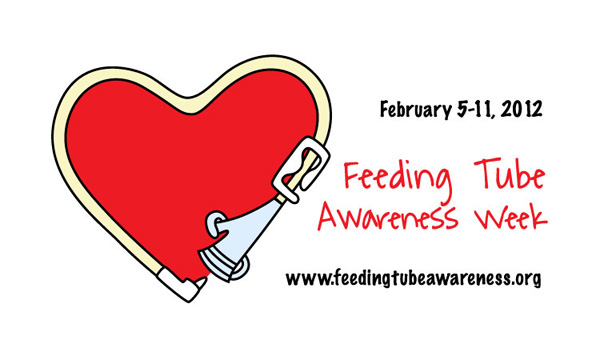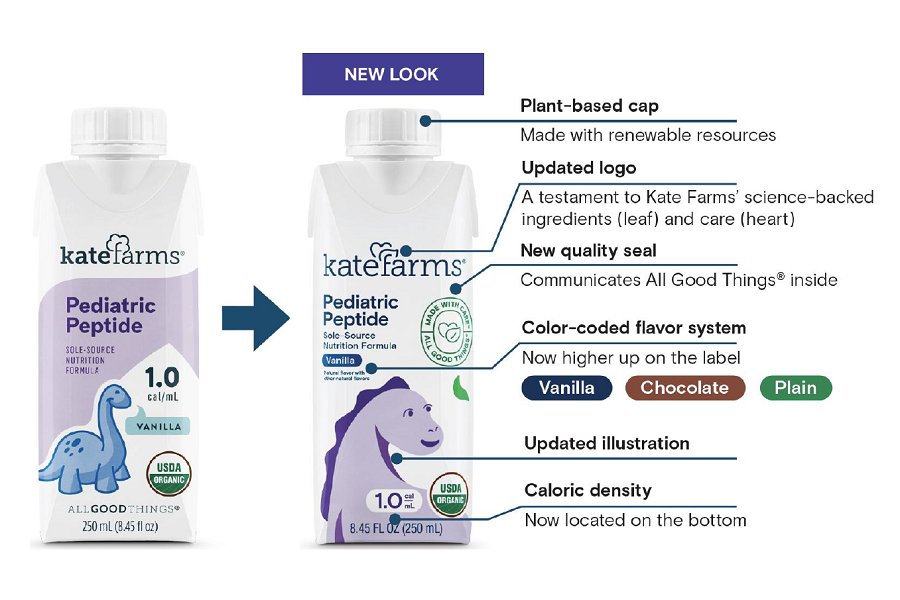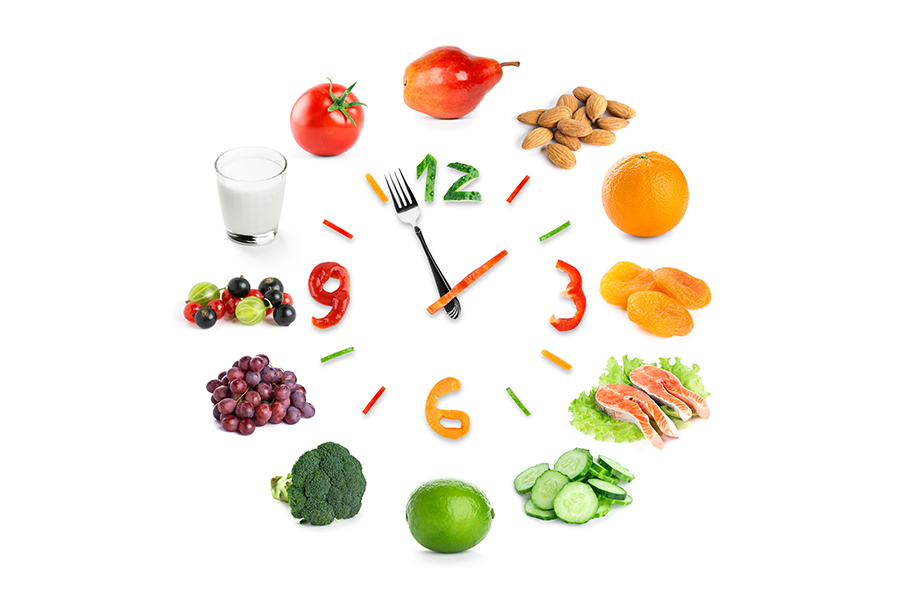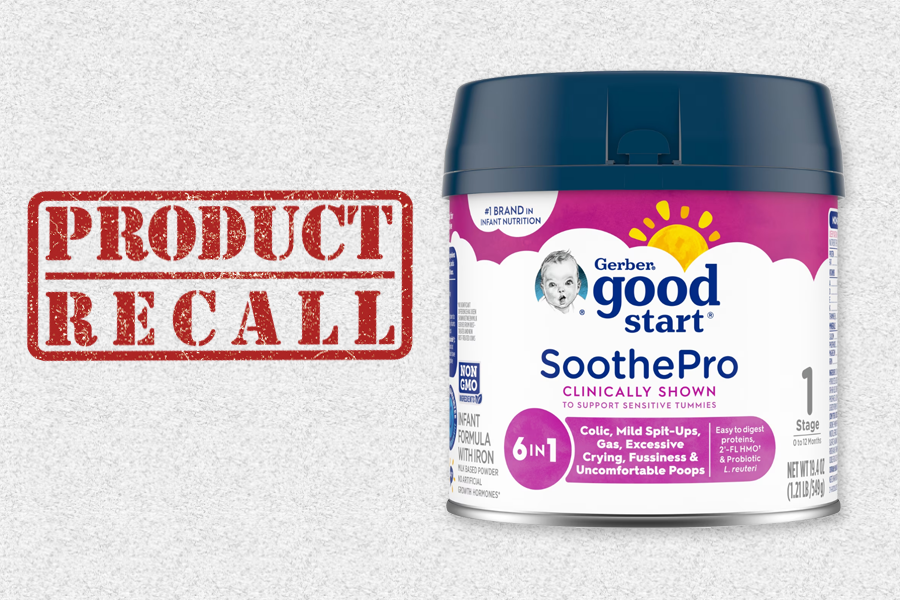Cholesterol is a waxy fat substance that is both made by the body and ingested. It is used as building blocks for every cell in our bodies in addition to producing vitamin D, hormones, and bile that aids in digestion. Despite the fact that it is so significant to our well being, too much can be harmful. Having high (total) cholesterol, also called hyperlipidemia, can increase your risk of developing heart disease.
Good and Bad Cholesterol
Medically, when we look at cholesterol levels, we are measuring the serum value — how much is circulating in your blood. It is transported around the body by different carriers. The two most referenced carriers are LDL and HDL, referred to as bad and good, respectively. These carriers contain different levels of cholesterol making one more harmful to your health than the other.
LDL, low-density lipoprotein, is the carrier referred to as the “bad” cholesterol. This is because the LDL particle travels through the blood and delivers cholesterol to tissues and can build up (plaque) in arteries. This can cause high blood pressure, heart attack, stroke, and peripheral arterial disease. Since LDL is harmful, lower levels are preferred.
HDL, high-density lipoprotein, is the carrier referred to as the “good” cholesterol. The HDL particle moves through the blood, picking up excess cholesterol and taking it to the liver for disposal. Since HDL is helpful, higher levels are preferred.
Total cholesterol is a value that takes all forms, including LDL and HDL, into account. Desirable values are below 170 mg/dL and between 125-200 mg/dL for those younger than 19 and older than 20, respectively.

Causes of High Cholesterol
- Age: Anyone can have high cholesterol, but typically levels increase as we age. This is because during the aging process the liver is less able to properly clear the body of LDL.
- Eating habits: A diet high in dietary cholesterol, trans- and saturated fat can raise blood LDL levels. These fats are often found in fried and processed foods, in addition to some meats and dairy products.
- Genetics: Hyperlipidemia can run in families.
- Sedentary lifestyle: Not being physically active can lead to obesity and increase the amount of LDL in the blood.
- Smoking: Not only does smoking harm arteries it lowers HDL and increases LDL.
- Weight: Obesity increases the risk of developing high cholesterol.
- Diabetes: Consistently high blood sugar can damage arteries, lower HDL, and increase another harmful cholesterol, VLDL, very-low-density lipoprotein.
Managing Your Cholesterol
Even though we can’t change our age and genetic risk factors, there are behaviors that can help us keep cholesterol levels in the healthy range. To manage your cholesterol:
- Quit smoking.
- Drink alcohol in moderation. Women should limit their alcohol intake to one drink per day, and men 2 drinks per day.
- Eat healthy and balanced. Consume a diet that is low in dietary cholesterol, trans- and saturated fat. The DASH diet is a heart healthy way of eating that focuses on whole foods, low sodium, increased potassium, healthy fats, and lean protein.
- Exercise regularly. The American Heart Association recommends 30 minutes of physical activity five days a week to reduce LDL and increase HDL. This will help you maintain a healthy weight and reduce stress.
Speak with your Doctor before you make changes to your diet and physical activity. If you are prescribed medication for high cholesterol it is important to follow Doctor’s orders and notify them of any lifestyle changes.
Contact a local Registered Dietitian Nutritionist to learn more about a healthy diet and how to incorporate it into your busy life!






















